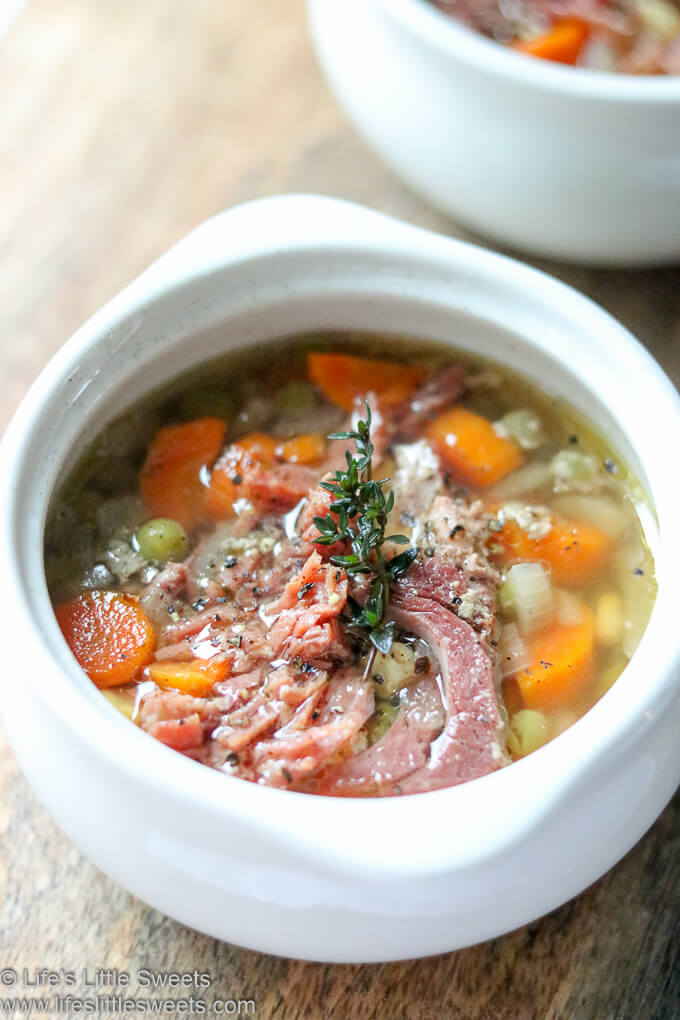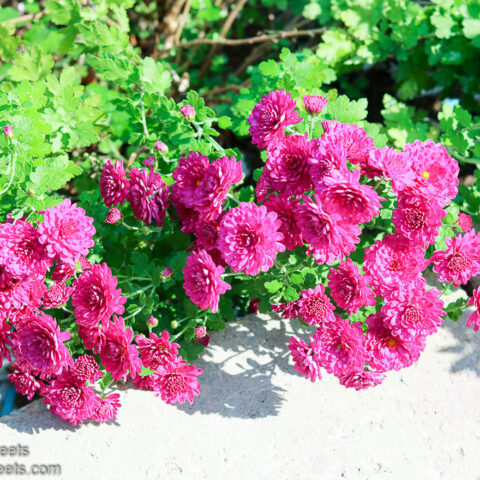It’s time for some cranberry, pumpkin, apples, and everything spiced! Sweater season is here which means we’re hungrier than ever. Want to know what food to cook this Fall? Keep on reading!

Omnivore loving vegan, gluten-free & beverage recipes

Fall Food Lists Recipes By Season

Any Season April August breads brunch recipes December Desserts Entertaining Fall February Food January July June March May November October Recipes Recipes by Diet Lifestyle Recipes By Month Recipes By Season September Spring Summer Sweet Vegetarian Recipes Winter

Any Season April August December Events Fall February Food January July June March May Northeast November October Recipes by Diet Lifestyle Recipes By Month Recipes By Season September Spring Summer Summer Solstice Sweet toppings USA Region Vegetarian Recipes Winter

Desserts Food July June Popular Recipes Recipes Recipes by Diet Lifestyle Recipes By Month Recipes By Season Summer Sweet Vegetarian Recipes
Life’s Little Sweets celebrates seasonal cooking and local food pathways. Find inspiration from farms, CSAs, and home gardens with recipes that highlight fresh ingredients, community, and the joy of cooking through the seasons. Continue Reading

It’s time for some cranberry, pumpkin, apples, and everything spiced! Sweater season is here which means we’re hungrier than ever. Want to know what food to cook this Fall? Keep on reading!

October means fall is upon us. This might be the season that you’re craving for some warm pies, pumpkin bread, and cold drinks — like wine for example. Or simply just some coffee or tea for those who don’t want to go in the alcoholic route.

Are you looking for some refreshing drink to beat out the hot summer heat or do you just want to try a few new dishes on the grill for July?

Here are 10 4th of July Recipes! We got you covered from savory family style main dishes, sides to sweet dessert options. *This post was originally published on 7/2/2018 and updated 6/23/2019 Hello Everyone! Independence Day, better known as 4th of July is upon us, so what are you making for this classic American holiday?...





This post may contain affiliate links. Please read my disclosure policy
Estimated reading time: 4 minutes
If you're a plant lover, you know the joy of watching your green friends grow and thrive. However, buying new plants can be costly, and sometimes it's hard to find the perfect specimen you're looking for. Luckily, there's a way to multiply your favorite plants without breaking the bank: growing them from cuttings. With a few basic tools and some patience, you can propagate many different types of plants and expand your collection. We'll guide you through the process of growing plants from cuttings and answer some common questions along the way.

If you love plants and want to expand your collection without spending a lot of money, learning how to grow plants from cuttings is a great skill to have. Not only is it an inexpensive way to propagate your favorite plants, but it’s also a rewarding and satisfying process. We’ll answer some common questions about how to grow plants from cuttings.
A cutting is a piece of a plant that has been cut off from the mother plant and has the potential to grow roots and become a new plant. Plants have the ability to regenerate themselves, and cuttings are one way that they can do this. When a cutting is taken, it’s important to make sure that it’s taken from a healthy, disease-free plant, and that the cutting is taken from a part of the plant that is actively growing.
Many different types of plants can be grown from cuttings, including houseplants, herbs, shrubs, and trees. Some plants, such as succulents, are particularly well-suited to propagation by cuttings. However, not all plants are easy to propagate from cuttings, and some may require more specialized techniques.
To grow plants from cuttings, you will need a few basic tools, including:
It’s also a good idea to have a spray bottle filled with water on hand to mist the cutting and keep it hydrated.
Rooting hormone is a substance that helps stimulate root growth in cuttings. It’s not essential, but it can help speed up the rooting process and increase the success rate of your cuttings. Rooting hormone is available in both powder and liquid forms and can be found at most garden centers and nurseries.
To take a cutting, start by selecting a healthy stem that is actively growing. Use a sharp, clean pair of scissors or pruning shears to cut a section of the stem that is approximately 4-6 inches long. Make sure that the cutting has at least one node (a small bump on the stem where leaves or branches grow) and that it’s free from any diseases or pests.
Once you’ve taken your cutting, remove any leaves from the bottom half of the stem, leaving just one or two leaves near the top. Dip the cut end of the stem in rooting hormone (if desired), and then plant the cutting in a container filled with moist potting soil. Gently press the soil around the cutting to hold it in place.
To help your cutting take root, it’s important to keep it hydrated and in a warm, humid environment. Place the container in a bright, indirect light, and mist the cutting with water once or twice a day to keep it moist. You may also want to cover the container with a plastic bag or a clear plastic dome to help create a humid environment.
The length of time it takes for a cutting to root can vary depending on the type of plant and the conditions in which it’s being grown. Some plants may root in as little as two weeks, while others may take several months. It’s important to be patient and not give up on your cutting too soon.
Learning how to grow plants from cuttings is a great way to expand your plant collection and save money.
(all links open in a new window)

Growing plants from cuttings is a fun and easy way to propagate your favorite plants and expand your collection. With just a few basic tools and some patience, you can turn one plant into many. Follow these step-by-step instructions to learn how to grow plants from cuttings.
The time it takes to grow a plant from a cutting can vary depending on the type of plant, the conditions it's grown in, and other factors. In general, it can take anywhere from a few weeks to several months for a plant to root and start to grow from a cutting. Some plants root faster than others, and some require more specialized care to grow successfully. Patience is key when it comes to propagating plants from cuttings, as it can take time for roots to form and for the new plant to establish itself.
As an Amazon Associate and member of other affiliate programs, I earn from qualifying purchases. #CommissionsEarned #ad









This site uses Akismet to reduce spam. Learn how your comment data is processed.
Leave a Reply
You must be logged in to post a comment.